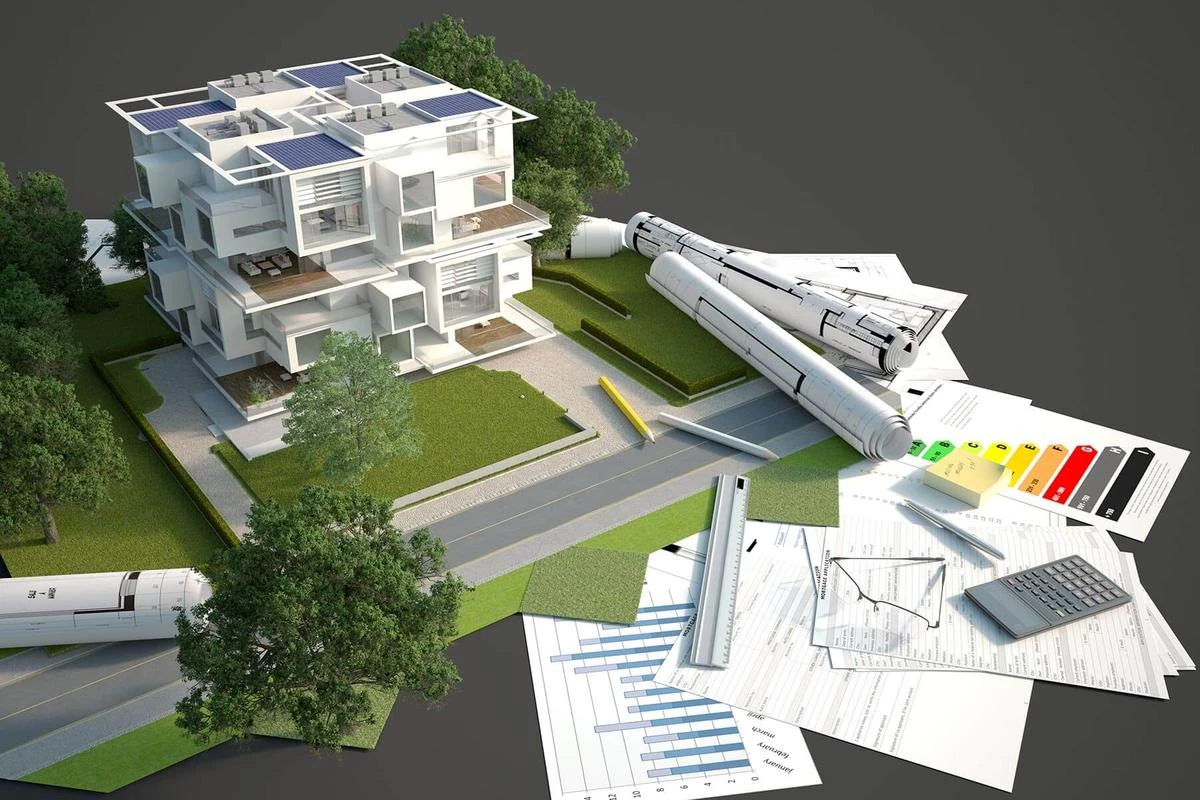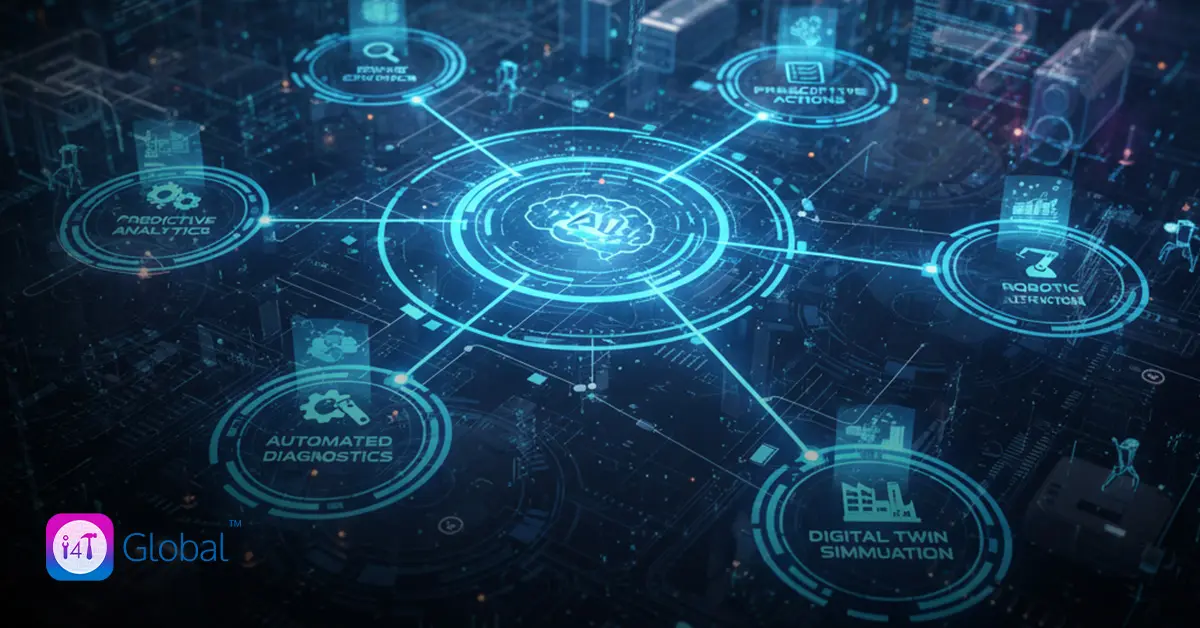Every single building requires the attention of an electrician. What could possibly stand still without them?
The demand for the sector has grown significantly for both new construction and renovations when compared to the traditional trends in the electrical industry.
The electrical industry is set to rapidly transform in the near future with advanced technologies and rising consumer demand. Before we begin, let us learn about some of the biggest trends in the electrical industry to watch out for.
This post will tell you everything you need to know about current tech trends in the electrical industry.
1. An increase in smart establishments
As a result of innovation, electricians must be prepared to construct or repair “smart” tools and devices in both residential and commercial settings.
As the Internet of Things and 5G grow, consumers, are realising that installing smart devices in their buildings is a much safer and more dependable option than traditional gadgets.

There are roughly 175 million smart homes in the world. So what will stop the remaining establishments from adopting this technological advancement? Because of this, it is essential that electricians adopt the new paradigm of smart, automated homes. As the remaining customers will soon start to demand it.
Furthermore, similar to houses and corporations, ‘Smart Cities’ are now being constructed in almost all developed and developing countries. So what does this mean?
Simply put, it means that the entire city will be connected as one. For example, from automatically detecting water leaks, powering smart streetlights to everything.
In the coming years, smart cities will be developed everywhere. Consequently, what should electricians be ready for?
Electricians should have built the necessary skills around any and all available tech trends in the industry. This includes everything from the installation to the rewiring of smart devices created by artificial intelligence. Examples include solar panels, lighting systems, security cameras, etc.
With the current expansion of the internet, contractors could start using internet-connected tools themselves to instantly receive and analyse data on-site. By doing this, better informed- decisions can be taken.
2. Using resources sustainably
One of the main objectives set by the international community is the development of a sustainable environment. Each day, the world is taking shape to achieve this goal in every possible situation. This is why electricians need to be aware of this uprising trend in their industry.
With the increased focus on sustainability, electricians will be required to meet client expectations. Proactive measures will need to be incorporated to achieve this.
For example, electricians can use sustainable approaches when constructing a new establishment or repairing an existing one.

Wondering how electricians can consciously include sustainability in their work? This is how.
- Actively utilising recyclable and renewable building materials.
- Cutting down on on-site waste generation.
- Using solar panels.
- Lowering the energy consumption of finished structures.
- Recycling unused materials.
- Protecting natural habitats both during and after construction.
However, did you know that the benefits of doing as above-mentioned are much greater than the challenges an electrician would go through?
For instance, the calibre of the design and its sustainability may have long-term reputational and corporate social responsibility (CSR) advantages.
Don’t be fooled—you can even add this CSR project to your portfolio and attract new customers across the world. You would be an ideal candidate when they require someone for renovation or to construct a new building.
Nowadays, clients choose greener structures over less expensive ones because the long-term benefits outweigh the operational expenses. According to studies, green buildings have lower operating costs.
Don’t you think using a sustainable method to reduce waste will result in you paying waste collectors less? Evidently, this will benefit you as the overall cost will be reduced.
As mentioned above, an increasing number of construction projects may need to include sustainable approaches to meet global expectations.
So what’s holding you back from embarking on this journey to start your electrical career?
Imagine looking back at the time you invested to be rewarded with greater benefits. The happiness will definitely be greater than all the obstacles.
3. Cutting-edge solution: BIM

For example, BIM offers computer-generated images of structures like buildings, roads, utilities, and even the underlying infrastructure, which electricians can use before making a choice. As we know, one mistake in wiring can become a real ‘mess’ in life.
So, why is learning about this trend really important for electricians?
About 32% of electrical contractors currently use BIM, according to a Dodge SmartMarket brief, and the following are the reasons for this:
- The feature of 5D BIM integrates the supply chain directly into BIM designs at the product level. Due to this, electrical contractors can develop accurate material lists for every job.
- clash detection is one of the key features. Due to the high-level coordination of the design drawings, interferences can be easily detected. For example, it is possible to quickly point out issues that would most likely go unnoticed in a conventional drawing review process.
- Electricians can benefit greatly as the Geographic Information System is integrated into the system. This helps with the optimization of the electrical grid, city energy modelling, and other necessary data.
- BIM also handles change management, makes data management easier, enables simulation of building performance, and most importantly, BIM is a fantastic tool for tracking construction-phase costs for electricians.
Finally, learning and understanding BIM technology is currently a greater asset that will be valuable in multiple ways. It is guaranteed that BIM will result in sustainability in construction projects, as well as a significant long-term return on investment.
4. The future dominance
The use of electrical prefabrication is a major career trend for electricians and is currently taking shape in the construction industry.
As a result of this inclusion, the construction industry experiences no less than increases in productivity, cost savings, and project installation times.
Prefabrication is gaining attention because it involves minimising time-consuming field installation tasks and provides an alternative to conventional “stick building” construction techniques. This method is versatile and allows for more consistency and flexibility.
Furthermore, the prefabrication electrical trend also offers a number of additional advantages for electricians. Here are some of them:
First of all, prefabrication presents numerous opportunities for material cost reduction through bulk purchasing and other methods. If you can prefabricate components of typical jobs, you can complete that work whenever you want to, reducing overtime costs and other expenses.
Secondly, it reduces labour costs. For instance, preparing components before field installation can reduce labour costs by reducing the possibility of mistakes and rework. It may also be quicker and safer to install something that has already been constructed rather than putting workers in danger.
Thirdly, it reduces estimating costs by electrical estimating. For example, adding prefabricated assemblies to your system and hastening the counting process even more when using estimating software.
Prefabrication also has the added benefit of reducing the amount of time spent on job sites, as this allows contractors to simplify their installation process. This software may reduce the amount of unnecessary material handling on the job site and shorten the duration of the entire project.
Therefore, it is advised that electricians have good project planning with the best outcome in mind before completely diving into something new like this. This is because the success or failure of construction or renovation is solely dependent on this plan!
5. Adopting cloud-based software from traditional modes
For all professionals, switching to cloud-based software would be the best course of action given the change in transformation. However, does this also apply to electricians?
Yes, it does! Because whenever a catastrophe strikes—whether it be a pandemic, a recession, or a depression—it is crucial to find new ways to carry on with business.
Due to these advancements, electrical contractors can access cloud-based tools on job sites without having to make frequent trips between the site and the office. This has made it simpler for them to inform their coworkers of any work-related updates or communicate any important information.
The importance of adopting cloud-based software is further explained by the following examples:
- It makes it easy to maintain current information and track version history for lost, altered or deleted files.
- It permanently saves all the information without the risk of losing it like a pen drive or a hard disc.
- Bulky paper records and other data can be kept up to date as the technology automatically updates the cloud service.
- This software is very flexible and accessible anywhere in the world. This will allow scaling quickly in response to any and all customer demands.
- Other benefits include remote and flexible work; managing customer inquiries; tracking expenses and mileage; automatic email sending; and much more!
What should you prepare for?
Given the intense competition in the industry, it is more important than ever for electricians to stay up to date on the latest updates.
The need for electricians has increased significantly over the past few years. Every building today needs an electrician for tasks related to construction, renovation, repair, retrofit, or maintenance.
Here are a few tips for you that you can use prior to starting your career as an electrician. The following are the key elements that influence electrical career trends.
- You can distinguish yourself from every other electrician on the market today by focusing on and customising your skill set according to your preferences. For example, you could specialise in just one thing, like maintenance, design, installation, coordination of lighting for movies and television, etc.
- Knowing the proper tool is essential because it can boost your productivity and give you a competitive advantage in this market. For example, knowing how to use screwdrivers, wire strippers, drills, and saws to use technologically advanced software programmes.
- Strong interpersonal and communication skills. If done properly, dealing with clients and coworkers with confidence may increase your chances of winning electrical tenders in the future.
- You will also need to practice managing your skills and working independently. These could include comprehending memos, blueprints, and technical documents.
Final Thoughts





